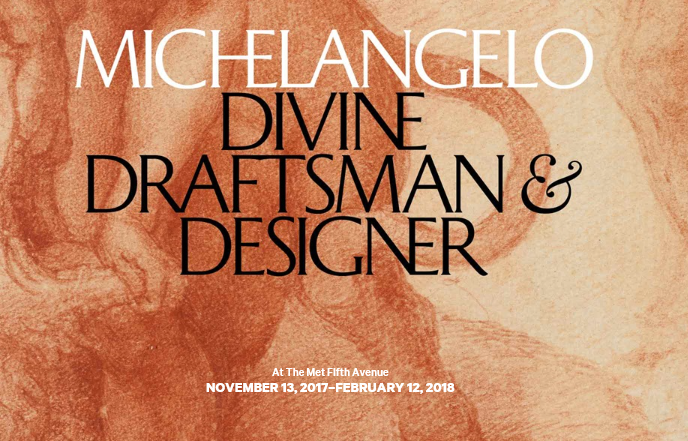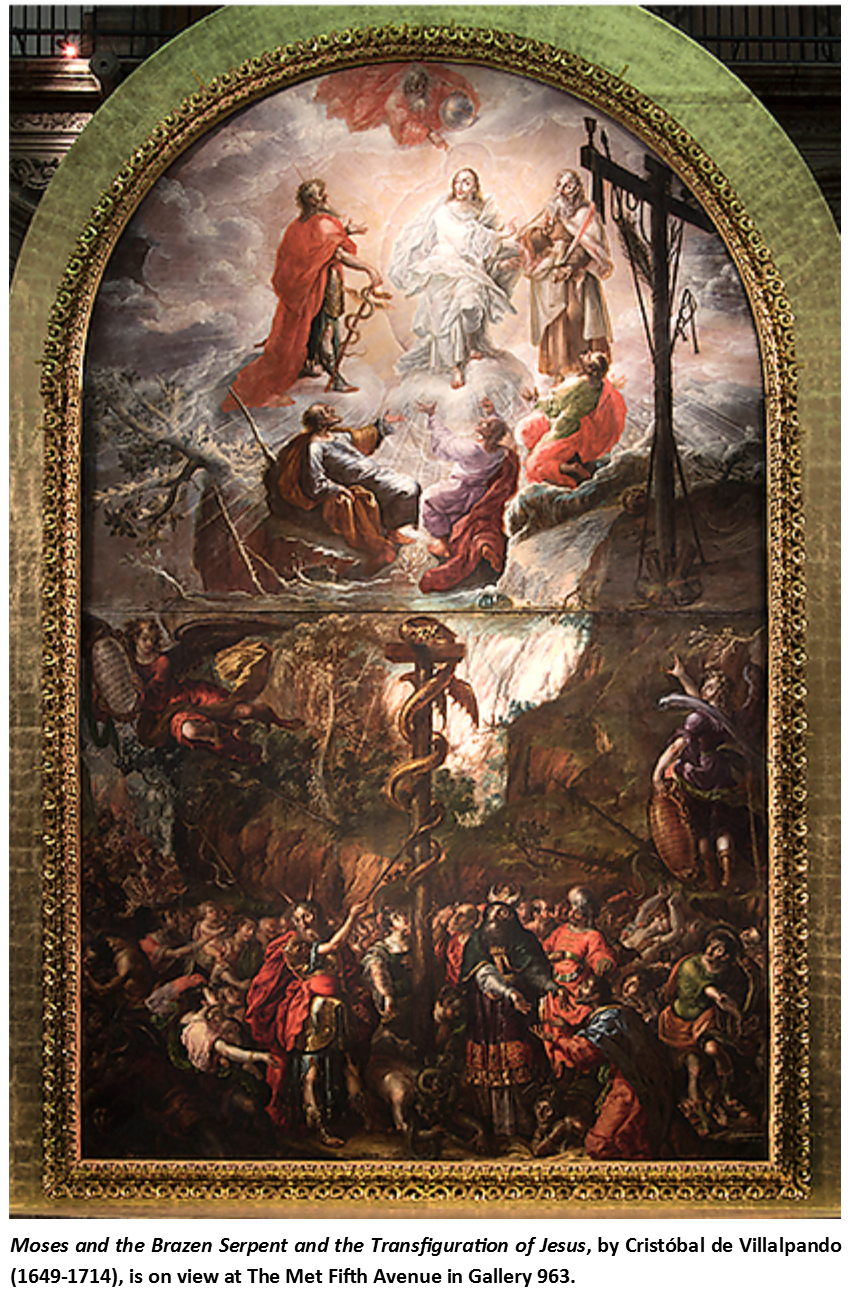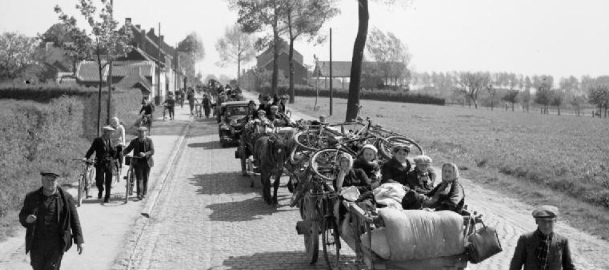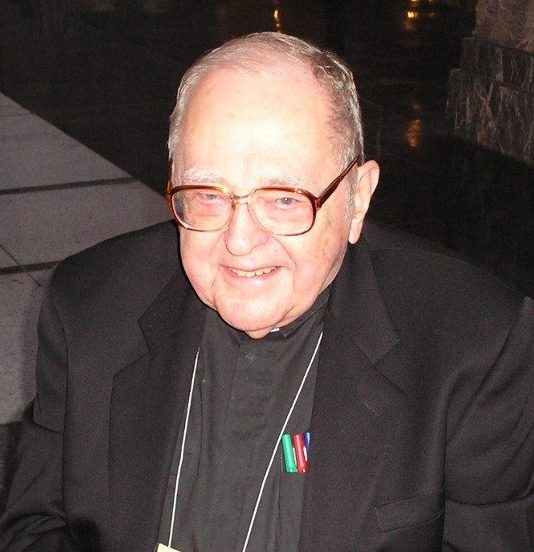 As the season of Lent quickly approaches, beginning this Ash Wednesday on February 14, I would like to offer a few thoughts on Pope Francis’ recent messages for Lent and the World Day of the Sick 2018. The Scripture readings yesterday on the sixth Sunday of Ordinary Time focused on Jesus’ healing of the leper (Mark 1:40-45); this provides for an easy way to introduce the special day of prayer.
As the season of Lent quickly approaches, beginning this Ash Wednesday on February 14, I would like to offer a few thoughts on Pope Francis’ recent messages for Lent and the World Day of the Sick 2018. The Scripture readings yesterday on the sixth Sunday of Ordinary Time focused on Jesus’ healing of the leper (Mark 1:40-45); this provides for an easy way to introduce the special day of prayer.
The theme for the 26th World Day of the Sick is taken from John’s Gospel, the words of Jesus crucified to his Mother and the Beloved Disciple (19:25-27). This passage is appropriate for a Feast of the Blessed Virgin-Mother. Calvary is “the place where Jesus manifests his glory and shows his love to the end. That love in turn was to become the basis and rule for the Christian community and the life of each disciple” (#1).
The Pope’s image of the Church as a “field hospital,” welcoming those wounded spiritually or physically, is developed here with special reference to the Christian history of involvement in the myriad areas of extending the healing ministry of Jesus down through the centuries. You can read the full text of this message here.
The Pope’s Message for Lent seems to presuppose that Christians recognize the call during Lent to prepare for the liturgical commemoration in Holy Week of the sufferings endured by Jesus. The focus in this Message concerns Jesus’ sermon on the end-time in Matthew. “Because of the increase of iniquity, the love of many will grow cold” (24:12). The reference to false prophets opens the opportunity for Pope Francis to draw attention to the message of those contemporary teachers and preachers who present cheap substitutes for the realities that perdure into eternity.
What may happen if charity grows cold? Violence against the unborn child, the elderly and infirm, the migrant, the alien among us… The next paragraph is dedicated to the theme of “integral ecology,” presented in the Pope’s encyclical on care of creation.
The Jewish trio of pious practices, prayer, fasting and almsgiving, receives attention in the Gospel for Ash Wednesday (Matthew 6:1-18) and in the Pope’s reflection.
Then the Pope extends an invitation to all people of good will, who are open to hearing God’s voice. This will include those who are “spiritual but not religious” and people from other religious traditions who link fasting and almsgiving to their practice of prayer.
The Holy Father’s Message to the Sick brings attention to the mystery of suffering and especially that of Jesus as he passes from this world to the Father. The Lenten Message, which you can read in its entirety here, refers to the special opportunity for the sacrament of reconciliation and then presents the Easter Vigil and the new fire prepared to light the Paschal Candle as the antidote to the human condition with its lack of charity.
May our prayers, in the context of fasting and almsgiving this Lenten season, lead us to reflect God’s love in this world in profound and meaningful ways, especially among those who are suffering, vulnerable and helpless!
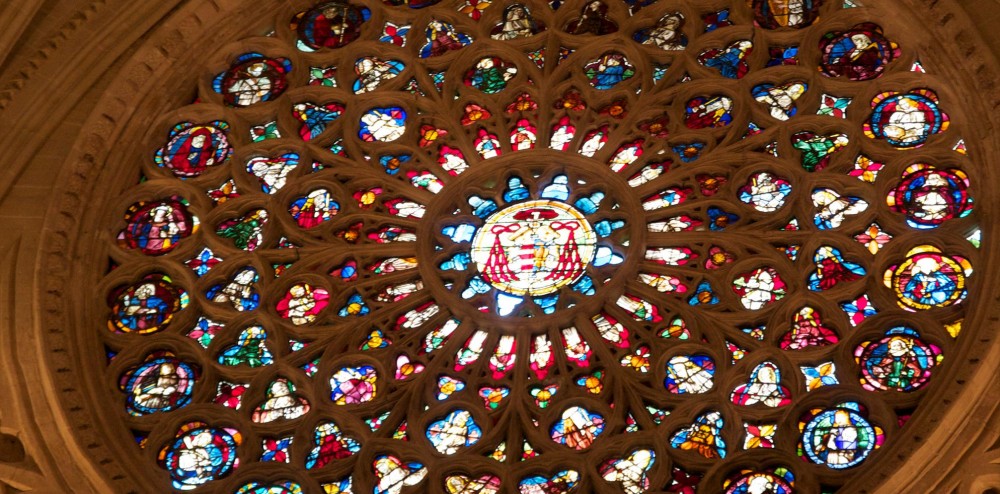

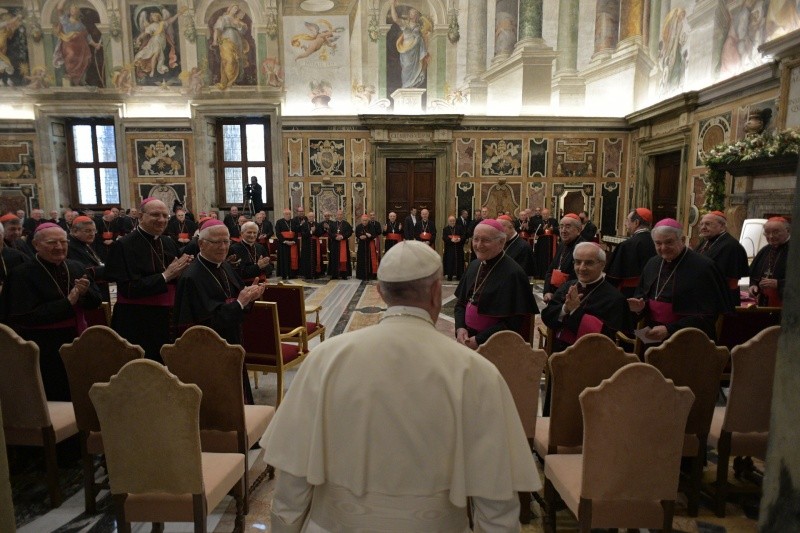
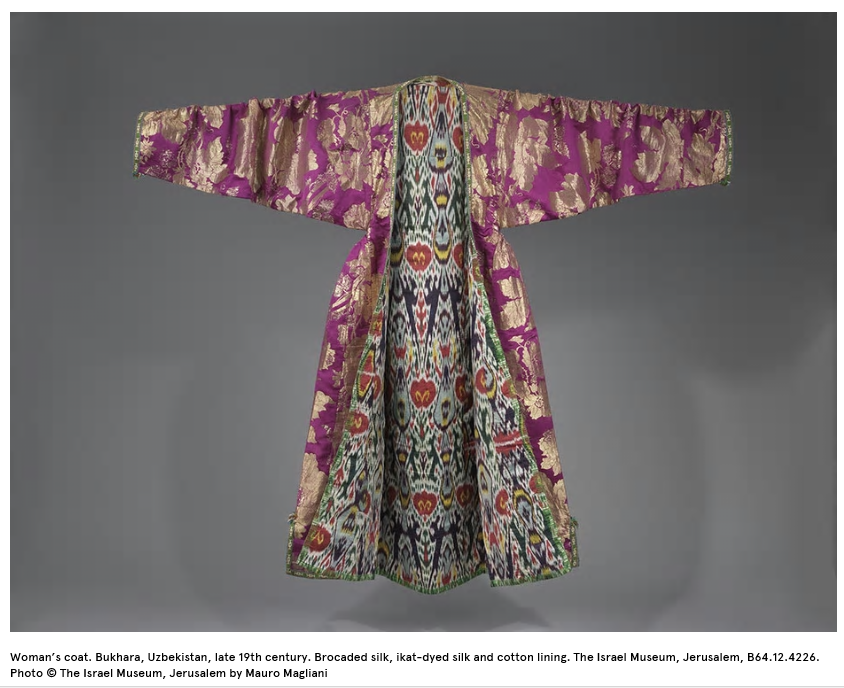
 Psalm 23 (“The Lord is my Shepherd”) is a popular psalm which has inspired many adaptations and imitations. Adaptations to a modern language and culture include a poem by Michael Combs which places Psalm 23:5 in the setting of a kitchen table.
Psalm 23 (“The Lord is my Shepherd”) is a popular psalm which has inspired many adaptations and imitations. Adaptations to a modern language and culture include a poem by Michael Combs which places Psalm 23:5 in the setting of a kitchen table.